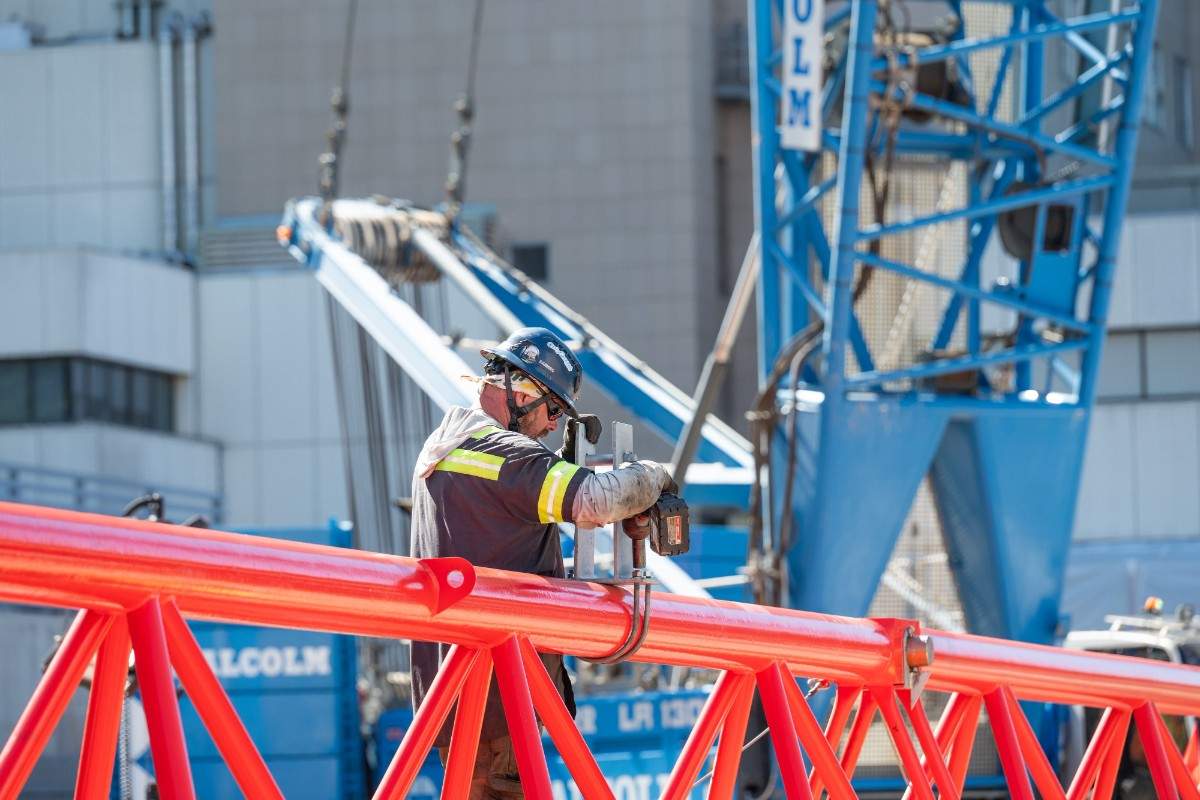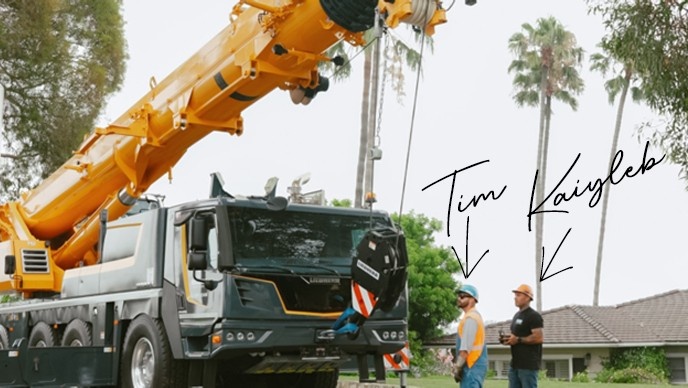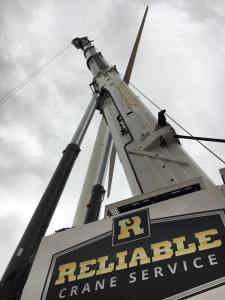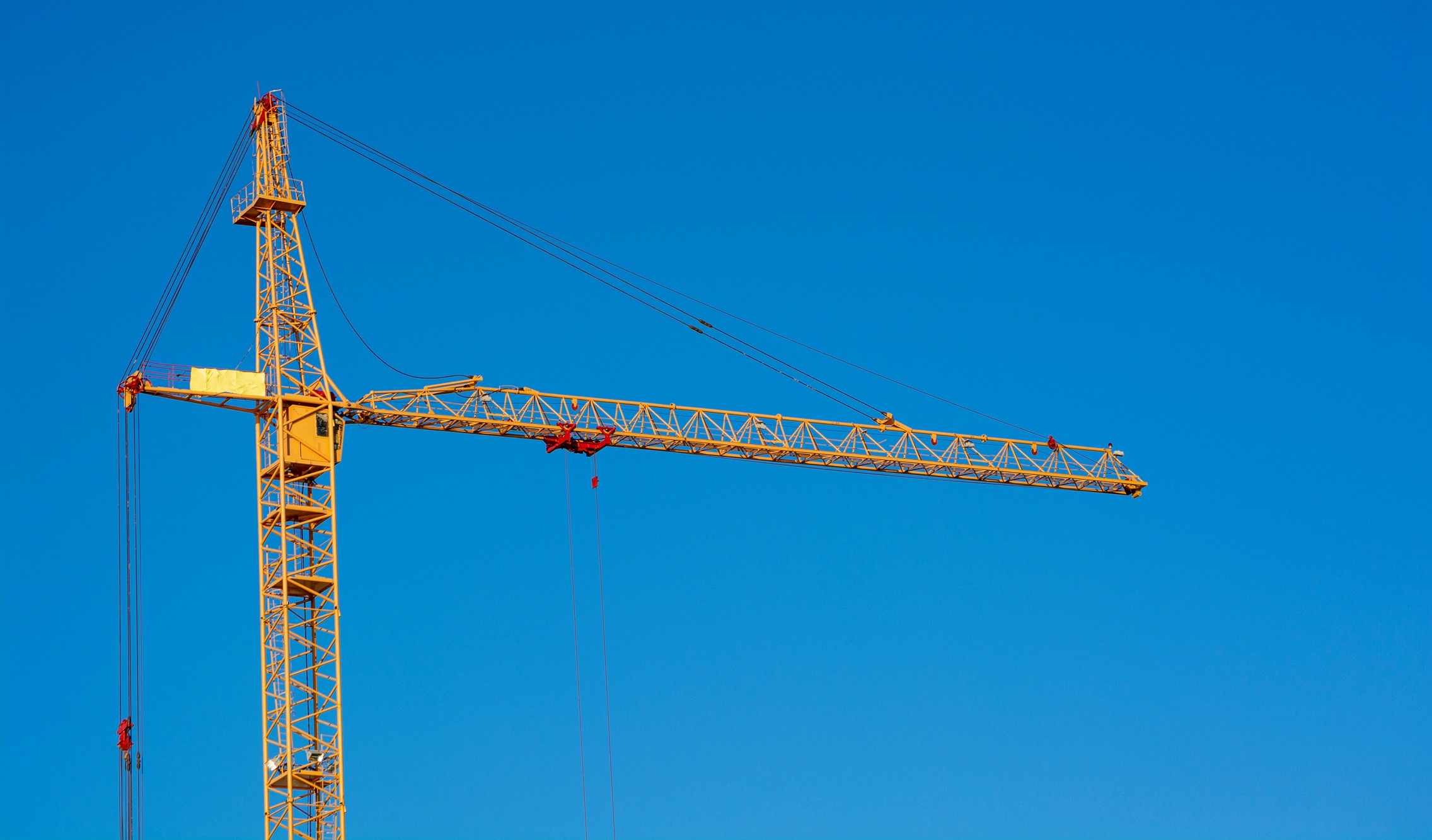Crawler Crane Services
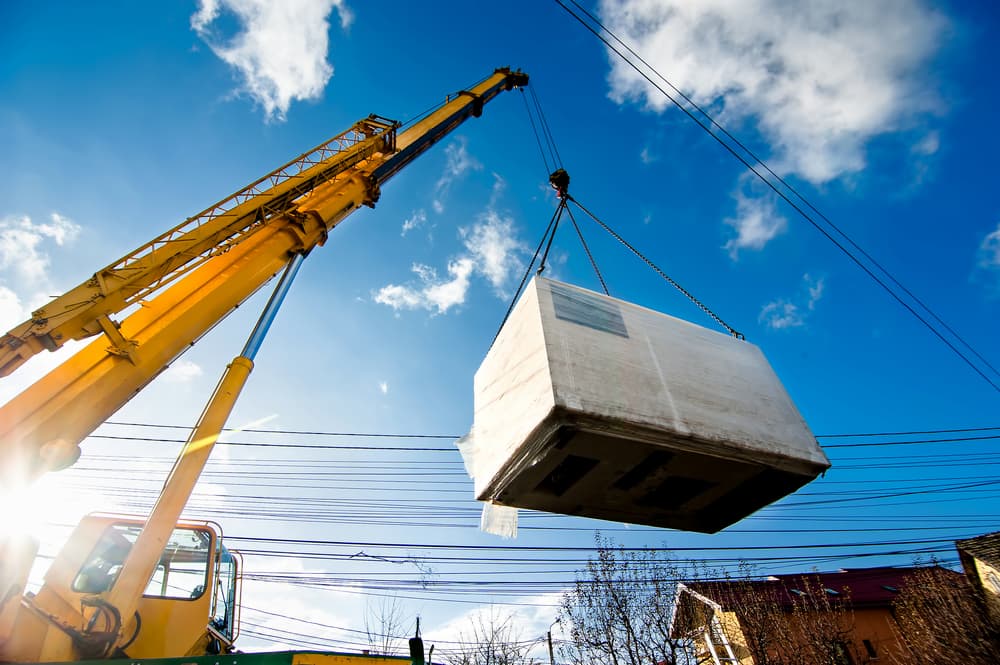
Crawler Crane Services: What You’ll Learn:
As you read this article about crawler cranes, you’ll learn:
-
Crawlers are used for high-capacity picks, and they’re also known for their line pull and line speed.
-
Crawler cranes are especially useful for new steel construction as well as precast concrete and precast/prefabricated paneling.
-
Crawler cranes are highly useful when handling or lifting heavy components in industrial and commercial settings.
What Are Crawlers Cranes?
-
Crawlers are some of the best cranes for high-capacity picks, and their line pull and line speeds make them useful for new steel construction as well as precast concrete and precast/prefabricated paneling. They can lift the heaviest loads and outperform that of the various types of mobile cranes. Crawlers are also able to track around the entire project when material handling and when relocating when various set-ups are required. This helps maximize the speed of production by reducing setup and start up time in between lifts as well as various lifts that are performed shift to shift. These cranes can lift large, heavy loads such as powerplant and refinery components, steel beams, trusses and columns, and turbine rotors, tower sections and nacelles.
Crawler cranes might also be referred to by the following names, among others:
-
Lattice Cranes
-
Lattice Crawlers
-
Telescopic Crawlers
Crawler Crane Setup
Crawler cranes often have a car-body and superstructure or “house” that moves on tank-like crawler tracks. They’re not road-legal because of these treads and their massive size and are transported via multiple trailer types and truck loads. With the exception of some telescopic crawler cranes, crawlers require on-site assembly, which include the following steps:
-
Mounting the crawler tracks to the car-body with superstructure
-
Installing counterweights onto the car-body & stacking counterweights behind superstructure
-
Assembling the lattice boom that extends up and away from the superstructure, starting with the boom-butt or base
-
Tensioning and installing boom pendants or guy-wires to the live/boom mast or ancillary lifting components that provide further structural support and capacity; such as a lattice derrick structures
-
Hoisting and installing the outer bail and reeving hoist lines through the boom or jib tip and down to the hoist ball or block (both main and auxiliary lines if applicable)
-
Installing counterweights to the superstructure via the superstructure’s hydraulic cylinders, and
-
Raising the boom tip and crawling into place whether onto compacted soil or crawler matts
The crawler tracks give these cranes excellent stability, which allow most crawlers to perform lifts without the use of outriggers. Depending on the type, a crawler crane may have a lattice boom or telescopic boom. Lattice booms can handle heavier loads, lift to greater heights and can withstand higher wind speeds than telescopic booms due to the structural stability and weight that lattice booms offer. These cranes are perfect for large, commercial buildings, industrial applications (refineries and power plants), as well as renewable energy settings (solar & wind farms).
Crawler Crane Safety
Because crawlers are such heavy-duty machines, they must be kept in excellent condition and operated according to best practices and manufacturer’s specifications to ensure upmost safety. The crane operators must be aware of the risks involved and familiar with procedures that encompass building, maneuvering and operation this specific type of crane. Best practices include all of the following precautions and procedures:
-
Confirm that all employees in the area understand and are aware of the exclusion zone surrounding the crane
-
Establish who and how the crane operator needs to be communicated with
-
Create awareness for all personnel in the surrounding area by way of sounds or signals before and during hoisting activities
-
Identify any potential area where there may be falling debris or other hazards, then take the necessary steps to mitigate identified and unidentified, possible risks
-
Make sure safety signs are present in all relevant areas. The signs should be legible and organized before work begins (ensuring that employees are aware of the and abide by all safety signs at all times)
-
Post signs or otherwise block entry to specific areas that cannot be occupied by personnel while the crane is being operated
Before renting a crane or engaging commercial crane services, confirm that you are following refined processes and using equipment that has been properly maintained. This is the only way to achieve maximum safety and efficiency on the site. Crawler cranes are typically certified by a 3rd party inspector in the specified configuration(s) before or upon mobilizing.
A company’s Experience Modifier Rate (EMR) will tell you how safely they perform as well as how established their company safety culture is. The average score is 1.0, and anything higher than that is considered higher risk, while scores lower than 1.0 are considered to be substantially safer. Here at Reliable Crane, we have a spectacular EMR of 0.64, making us one of the safest crane services companies in the industry.
Cranes for Rent Los Angeles, CA
Here at Reliable Crane Service, we offer bare crane rental, operated and maintained hoisting solutions, and other commercial crane services throughout the Western United States (both tower and ground cranes). Whether you need a single crawler crane or a large assortment of cranes to complete your work, our team is prepared to help every step of the way. We’ve been apart of some of the most ambitious projects in Los Angeles, Las Vegas, and surroundings areas, as well as throughout the Western United States. We look forward to gaining the opportunity to earn your business!
Featured Image: bogdanhoda/Shutterstock

